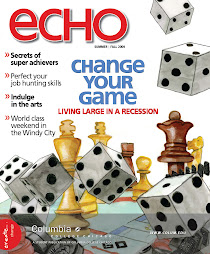
Lima was founded in 1535 and became the capital of the Viceroyalty of Peru. It was the most important city in South America for three centuries. It hosted the Viceroy, the Inquisition and the Royal Audience. Its colonial architecture with exquisite wooden balconies and indoor patios with fountains can be still appreciated in the downtown area that has two main squares: The Plaza Mayor where the cathedral and the presidential palace are located and the Plaza San Martín, a few blocks away, where the famous Hotel Bolívar is.
With its explosive growth and the Andean migration during the 20th century, Lima grew out of proportion and very disorganized. Dictatorships and terrorism made it a non-friendly tourist destination. For decades Peru was synonymous with coca traficking, the Shining Path and Alberto Fujimori, the Japanese-descended president that Peru had for over 11 years, who is currently in prison.
Lima has dramatically improved in the last two decades but contrasts and chaos are still part of its culture. From the majestic Plaza Mayor you can see poor homes built on the slopes of a close by mountain, all in one view.






















